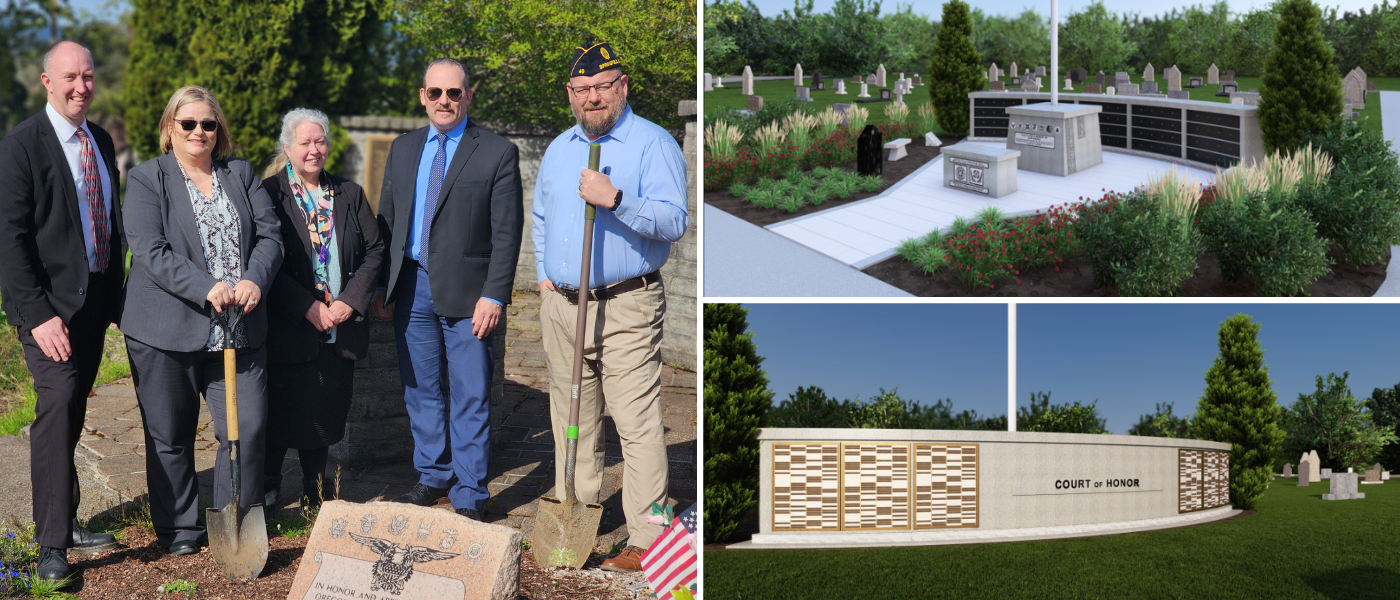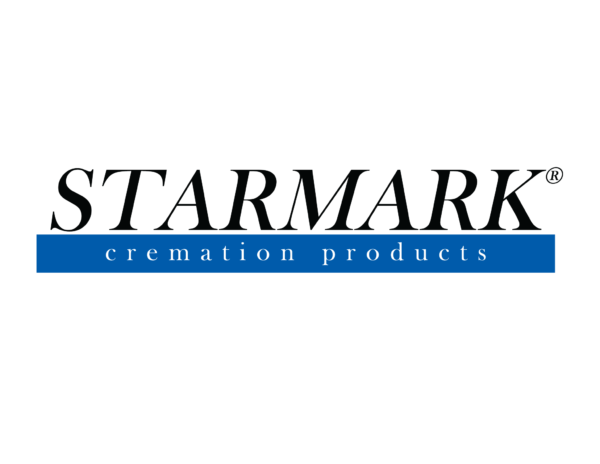Compost in the Sky: Eco-Friendly Burials Trend Include Liquid Nitrogen, Pine Boxes
 Ashes to ashes. Dust to dust. If it were that simple, then funeral parlors wouldn’t have so much work to do. There is a lot involved preparing a loved one for their final resting place.
Ashes to ashes. Dust to dust. If it were that simple, then funeral parlors wouldn’t have so much work to do. There is a lot involved preparing a loved one for their final resting place.
With a world population closing in on 7 billion, that means there could be around 7 billion dead in the next 100 years. Are current burial methods harmful for the environment?
Just like hybrid cars, household cleaners and wine packaging, there are some companies who are working out new methods for making the afterlife transition more eco-friendly.
The Boy Scouts have a motto that pertains to being in the outdoors which is “Leave it better than you found it.” It’s a hard thing to accomplish in general day-to-day living. It may even be harder to leave this world better than you found it.
During the Civil War, embalming of the deceased rapidly advanced since many dead servicemen were returned to their families for local burials. Dr. Thomas Holmes was commissioned to do this as he had experimented with the method of arterial embalming. He developed a solution which would be injected into the arteries for preservation.
A few years later, a German chemist by the name of August Wilhelm von Hofmann discovered formaldehyde which would be the basis for many embalming methods. The current embalming chemicals include formaldehyde, glutaraldehyde, methanol and ethanol. Glutaraldehyde is toxic, causing severe eye nose throat and lung irritation and is a main source of occupational asthma. Formaldehyde can also trigger asthma and can cause nasopharyngeal cancer. Methanol is toxic and can cause blindness and respiratory failure. Generally in funeral preparations, a corpse is cleaned with disinfectant and germicidal solutions. Then, there are four embalming processes performed: arterial, cavity, hypodermic and surface.
In 2006 there were 2,426,264 deaths reported in the United States. With the current embalming methods, that is a lot of chemicals. It’s also very expensive. Recently, there have been a few trends in making the interment process safer for the environment.
Eco-friendly trends are often successful when there is money to be made. There is money to be made in the funeral industry. Making a funeral eco-friendly would appear to be lucrative.
The Green Burial Council is a non-profit organization that provides information for eco-friendly burials. Their website can guide you to finding the closest funeral homes, cemeteries, cremation services, and products that are safe for the environment.
EcoBurial offers an environmentally friendly burial. Their website says that the embalming chemicals in conventional burials can leak from the casket into the water supply. They also say that cremation releases toxins like mercury. This company doesn’t use chemical preservatives. They also offer a biodegradable coffin or a shroud. Their burials usually cost less than $3,000.
Susanne Wiigh-Masak patented a method that involves dipping the body into liquid nitrogen. The body then shatters into a powder which is then dried and stripped of its metal parts, such as mercury from dental fillings. Then the powder is put into a biodegradable coffin made of corn starch. The body is buried in a shallow grave since the 6-feet-under method makes a longer decomposition.
The Neptune Society is a crematory that allows you to have your cremated remains placed in an underwater cemetary. The Neptune Memorial Reef looks like the lost city of Atlantis. The idea is that your remain will be a part of a man-made reef that encourages coral growth. It is a little creepy but that’s the charm. Here is a video of an underwater funeral:
Shopping for a coffin is one of the hardest things to do. Usually, the most beautiful one in the room wins, knowing that your departed loved one is going to be in it for a long time and they deserve the best. Eco-friendly coffins aren’t the giant varnished wood coffins but are just as beautiful. Many are hand woven out of materials such as bamboo or banana leaves. There is also the old pine box, made without metal fasteners or finishing chemicals. Some companies offer shrouds with colorful embroidered cotton.
The other eco-friendly burial method involves not dying at all. That’s the plan of futurist Ray Kurzweil. He co-wrote a book called Transcend: Nine Steps to Living Well Forever. He believes that if he keeps healthy with his current regimen that when the Singularity comes, then he will be able to live forever. In the event that he does die, his back-up plan is to have his body interred at the Alcor Life Extension Foundation which will preserve him via cryonics, keeping his body intact with liquid nitrogen. Then, when the technology is available to sustain his life, he will be revived. While this isn’t eco-friendly it does invest in the hope of curing any societal ills by preserving the life of the genius, Kurzweill.
Photo: Getty Images



